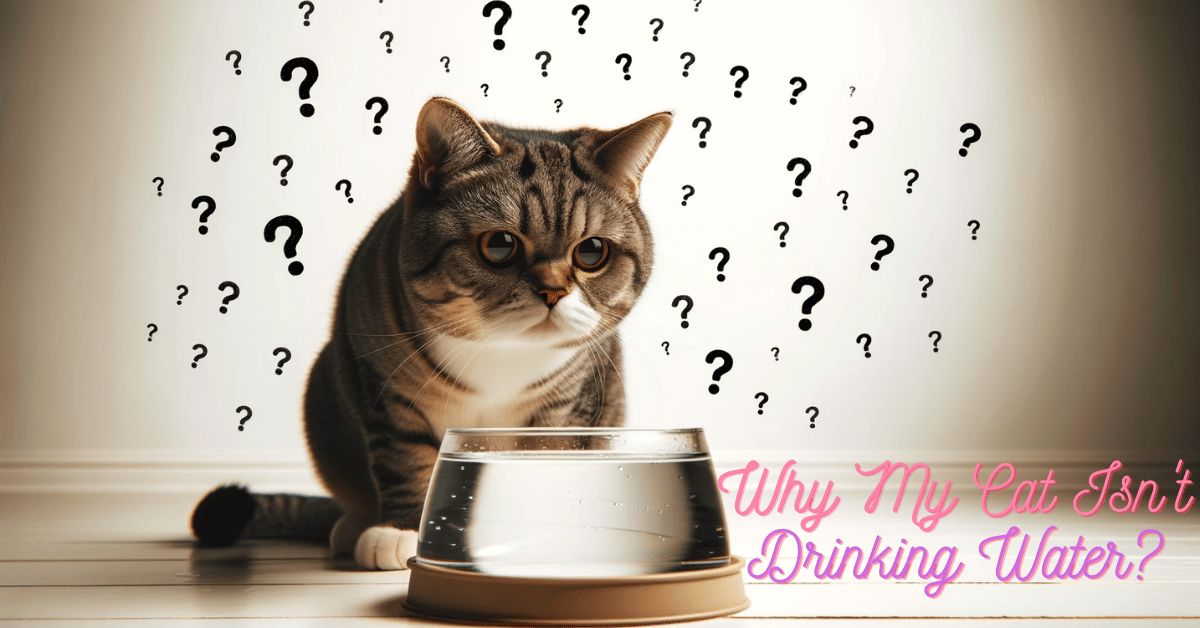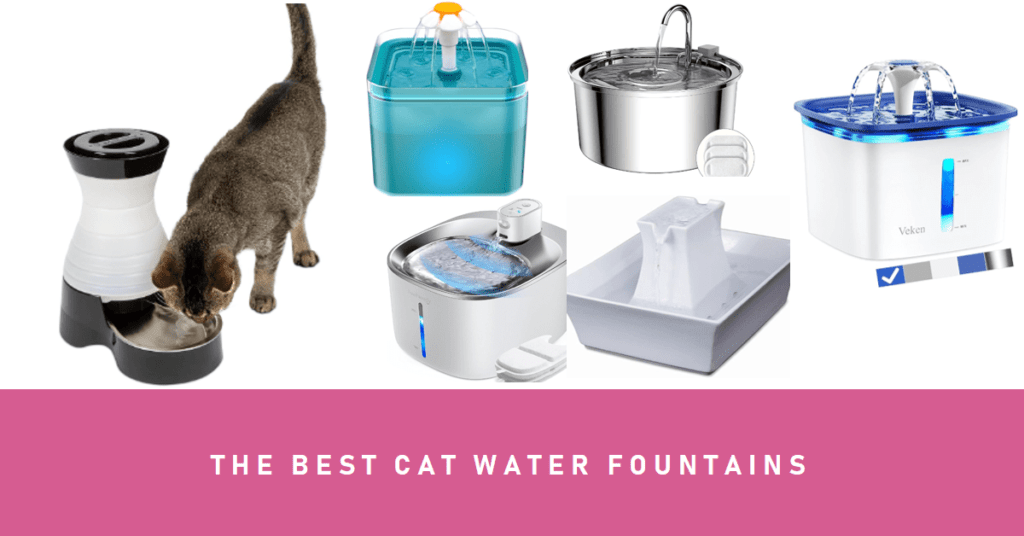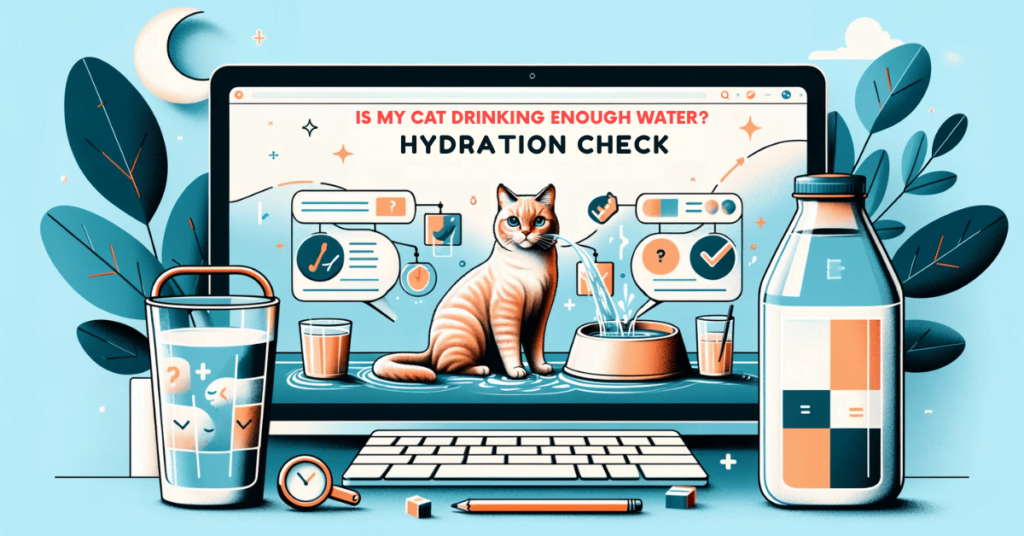This post contains affiliate links and I will be compensated if you make a purchase after clicking on my links.
Introduction: Understanding Your Cat’s Reluctance to Drink Water
Are you scratching your head, wondering: Why my cat isn’t drinking water? You’re certainly not alone.
Many cat enthusiasts are baffled by their furry friend’s reluctance to stay hydrated. Hydration is crucial for our whiskered pals, just as it is for us, yet it often seems their water dish ranks as their least favorite gadget.
Let’s unpack the seven key reasons why your kitty might be giving their water bowl the cold shoulder.
7 Potential Reasons Why Your Cat Isn’t Drinking Water at a Glance
| Reason | Brief Description |
|---|---|
| 1. 🚫🥣 Unappealing Water Bowl | Avoidance due to deep bowls, odors, or poor placement. |
| 2. 😖🦷 Dental Pain and Discomfort | Painful dental issues can deter drinking. |
| 3. 🤢🐱 Gastrointestinal Troubles | GI conditions can reduce water intake. |
| 4. 🐾💊 Impact of Cancer | Cancer and treatments may decrease thirst. |
| 5. 🚑👅 Mouth Ulcers/ Inflammation | Ulcers or inflammation can make drinking painful. |
| 6. 🏠🐈 Environmental Changes | Stress and changes in surroundings can affect drinking habits. |
| 7. 🐾 Senior Changes | Older cats often drink less due to decreased metabolism and physical activity. |
7 Key Reasons Why Your Cat Isn’t Drinking Water: A Deep Dive
1. Your Cat’s Water Bowl is Unappealing
Would you drink from a cup that’s dusty or placed in a not-so-nice corner? Probably not, and neither would your cat!
The type, location, and cleanliness of their bowl can make a huge difference. Cats often prefer wide, shallow bowls to avoid ‘whisker fatigue’ – yes, it’s a thing!
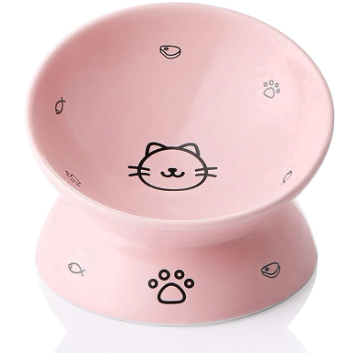
Also, consider the bowl’s material. Plastic can retain odors that turn off their delicate noses, so maybe it’s time to upgrade to a chic ceramic or stainless steel model. And remember, location is key. A quiet, accessible spot far from their litter box is like the prime real estate for cat bowls.
Pro Tip: Consider investing in a Cat Water Fountain. These nifty gadgets continuously filter water, keeping it fresh and appealing. The movement of water in these fountains can intrigue and encourage cats to drink more.
2. Dental Pain and Discomfort
Just like us after a trip to the dentist, cats with dental issues like gingivitis or a pesky tooth abscess might find sipping water as appealing as a mouse on a skateboard. These dental woes can cause significant discomfort, making even the simplest act of drinking a painful ordeal.
3. Gastrointestinal Troubles Affect Your Cat’s Thirst
Moving on to the tummy troubles – gastritis, enteritis, and colitis sound like characters from a boring Roman epic, but they’re actually quite common gastrointestinal issues in cats. These conditions can mess with your cat’s appetite and thirst, leading to decreased water intake. Symptoms like vomiting, diarrhea, and bloody stools are red flags.
4. The Impact of Cancer on Cat Hydration
Cancer isn’t just a human ordeal; it can affect our feline friends too, and their hydration habits aren’t immune to its impact. Certain cancers and diseases increase the water intake, however others, along with their treatments, can make your cat more like a disinterested tech user encountering a glitchy app – they just lose interest in their water bowl.
These conditions can alter their usual behaviors, including drinking habits. Plus, the side effects of medications used in cancer treatment can often lead to decreased thirst.
Early diagnosis means more effective treatment so its important to keep an eye for any of these symptoms.
5. Mouth Ulcers and Inflammation
Imagine having a mouth ulcer and trying to enjoy your favorite drink – not a pleasant experience, right? The same goes for our feline pals.
Mouth ulcers and inflammation can turn a simple act of drinking water into an agonizing challenge. These painful sores can be due to various factors, including infections or even dietary issues.
6. Stress and Environmental Changes
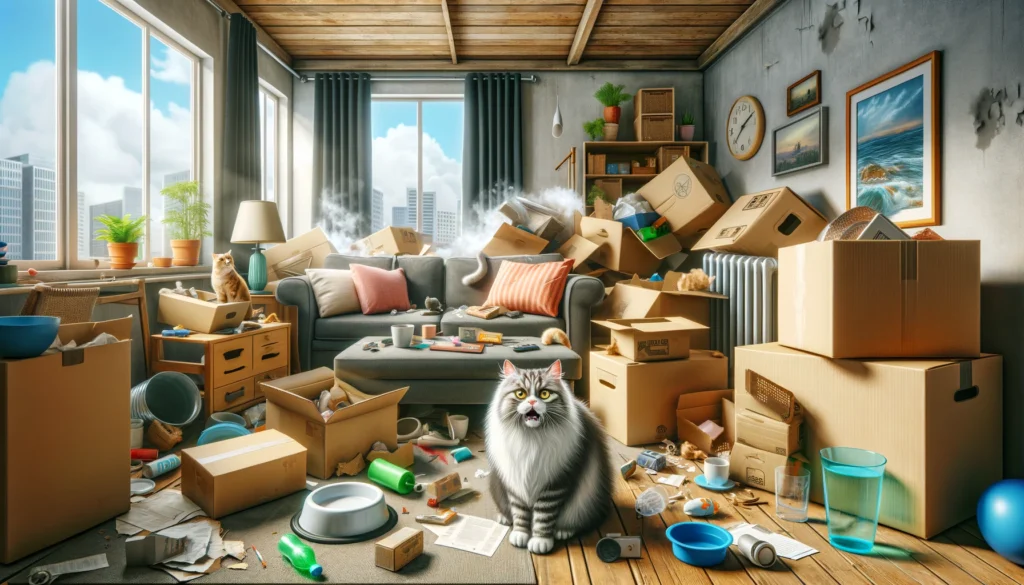
Environmental changes, can greatly impact their routine. Moving to a new home or even changes within your current space, like rearranging furniture, can disrupt their usual behavior, including how often they visit their water bowl.
Stress plays a crucial role too. Cats thrive on stability, and any disruption, be it the arrival of a new pet or loud noises, can increase their anxiety, often leading to decreased water intake. Ensuring a serene and stable environment for your cat can help mitigate these stressors and encourage regular hydration.
7. The Age Factor
Much like their human companions, aging cats experience a myriad of changes, not just in their fur color or playfulness but right down to their metabolism and physical activity levels. These changes are natural but significant. As cats age, their bodies become less efficient at regulating hydration. Their sense of thirst might not be as sharp as it once was, leading them to drink less water than their younger, more vivacious selves.
Moreover, older cats might face challenges that could affect their water intake, such as kidney issues or dental problems, making the act of drinking a bit more daunting than it used to be.
Detecting Dehydration: Critical Signs and Symptoms in Cats
While we’ve explored various reasons why your cat might not be drinking enough water, it’s equally crucial to understand the potential consequences of this behavior, with dehydration being a primary concern. Dehydration in cats can often go unnoticed at first, yet it presents with clear signs that demand our attention.
Be vigilant for symptoms such as lethargy, panting, a decrease in appetite, dry gums, sunken eyes, and a delay in the skin’s ability to return to normal when gently pinched (a phenomenon known as ‘skin tenting’).
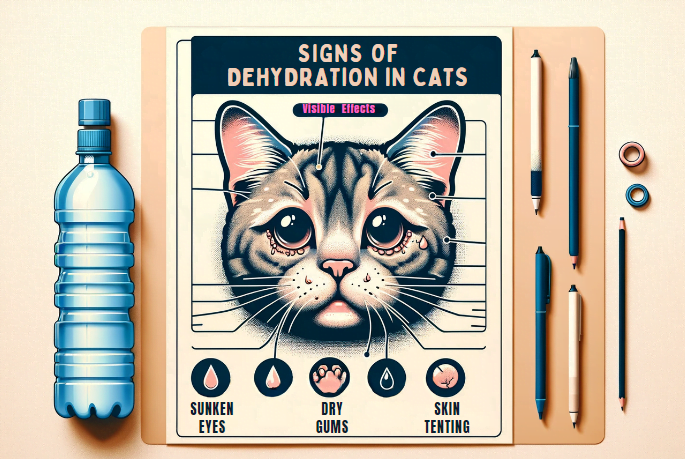
Preventing dehydration is vital. Regularly monitoring your cat’s water intake and observing their behavior for any changes can help you ensure they remain well-hydrated.
In cases where your cat shows signs of dehydration, it’s important to act swiftly, as this can be a sign of not just insufficient water intake, but potentially other underlying health issues.
Did You Know? Cats, unlike dogs, don’t have a strong instinct to drink water. Their ancestors were desert animals, which means they’re naturally adapted to get most of their water from their prey.
Conclusion: Key Takeaways on Boosting Your Cat’s Water Intake
In exploring the reasons why my cat isn’t drinking water, we’ve uncovered a range of factors from bowl preference to health issues.
Keeping an eye on your cat’s water intake is as important as keeping your gadgets in tip-top shape. Remember, every cat is unique, and what works for one might not work for another, just like our preferences in tech gadgets. Stay observant, be proactive, and when in doubt, always consult your vet.
Meet Sean, a fintech whiz with a penchant for pet purrs and blockchain buzz. After a decade of fintech feats, Sean’s tech talents leaped from ledger lines to litter lines, driven by a passion for pets and a vision for a more connected pet care community. With three critter companions as co-pilots, Sean launched this blog to share a treasury of pet-friendly tech tips and tales.

